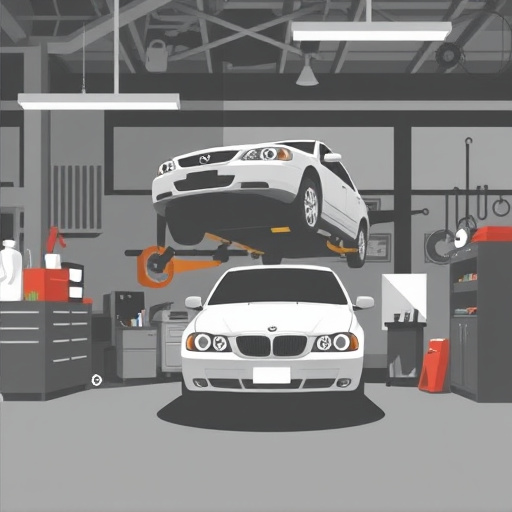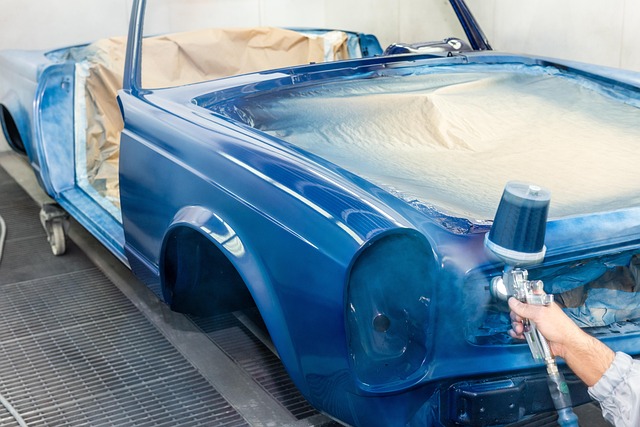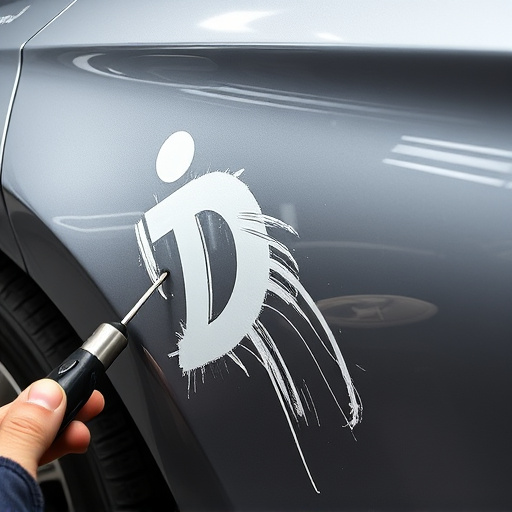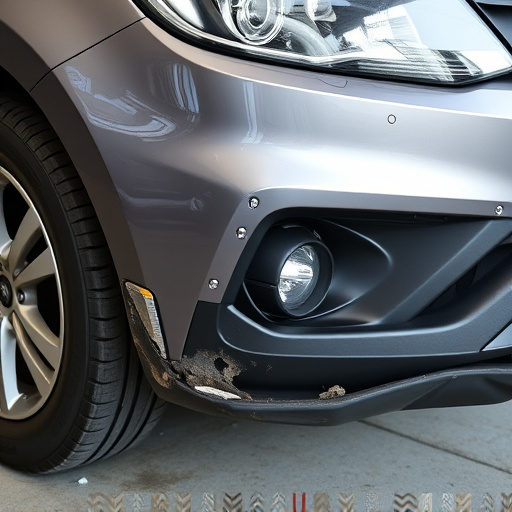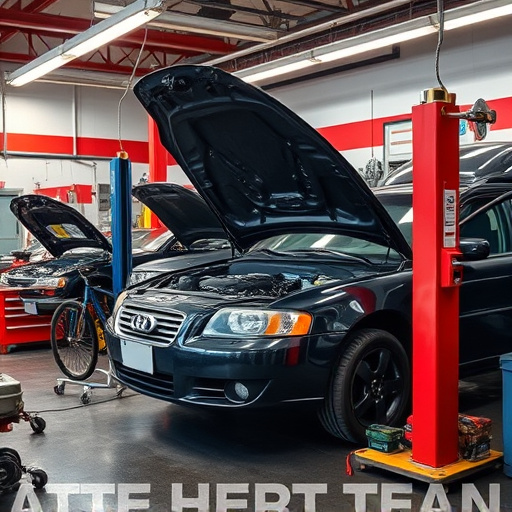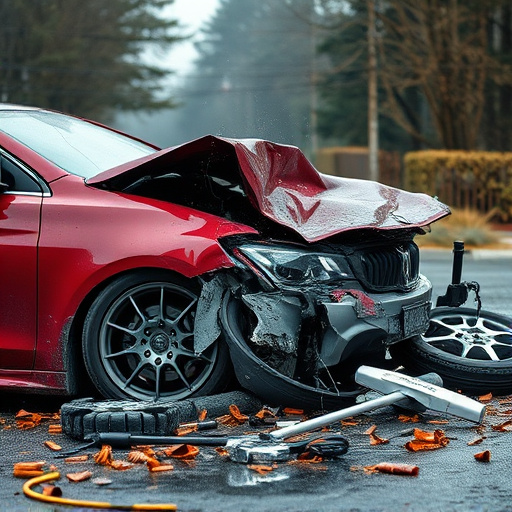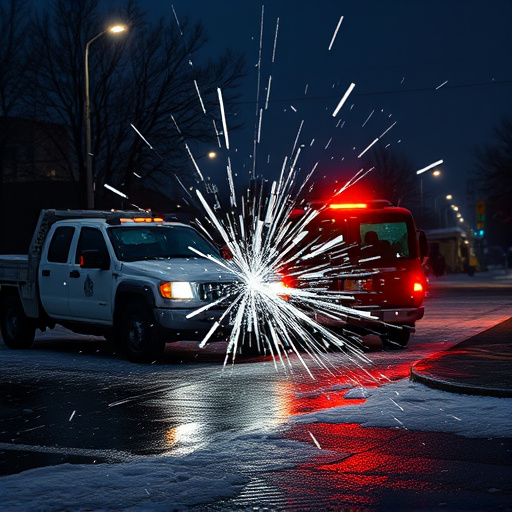Rural auto body shops face unique challenges with varying labor and material costs influenced by local community dynamics, marketing efforts, and part availability, all while contributing significantly to their communities' economic health. Specialized services and transparent pricing are key considerations for consumers navigating these repairs.
In the realm of automotive repair, rural auto body shops face unique challenges and opportunities distinct from their urban counterparts. Understanding the costs associated with these establishments is crucial for both consumers and business owners. This article delves into the intricate factors influencing pricing in rural auto body shops, exploring labor costs, material sourcing, and unique geographical considerations. By assessing these aspects, we gain valuable insights into navigating the landscape of rural auto repair services.
- Assessing Unique Cost Factors in Rural Locations
- Labor Costs and Their Impact on Repair Prices
- Material Sourcing: A Rural Advantage or Challenge?
Assessing Unique Cost Factors in Rural Locations
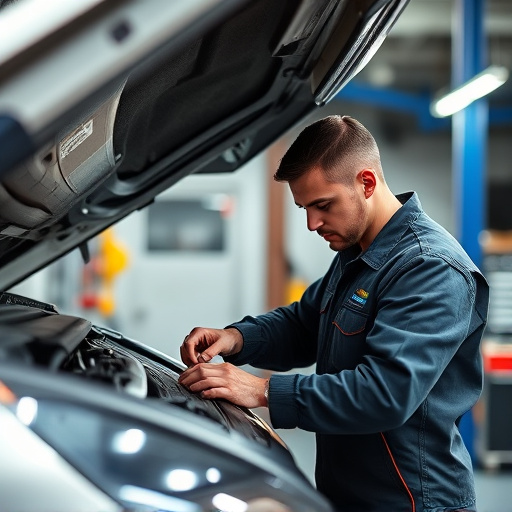
In rural areas, assessing unique cost factors is essential when comparing prices at local auto body shops. One distinct advantage is the potential for lower labor costs due to a smaller, more tight-knit community—a factor that can significantly impact the overall price of car repair services and tire services. However, this comes with challenges like limited access to specialized parts and trained technicians, which can lead to longer turnaround times or higher acquisition costs for rare components.
Additionally, rural auto body shops might face higher overhead expenses compared to urban centers. They often need to cover more ground for customer acquisition, leading to increased marketing and transportation costs. Despite these challenges, many rural communities offer a unique sense of community that fosters strong local businesses. These shops not only provide essential car damage repair but also contribute to the economic health and well-being of their regions.
Labor Costs and Their Impact on Repair Prices
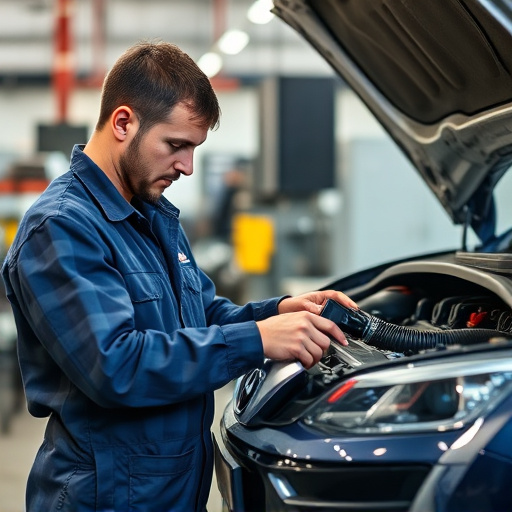
In rural auto body shops, labor costs significantly influence the final price customers pay for repairs. Unlike urban centers with a higher density of mechanics and competition driving down rates, rural areas often struggle to attract and retain skilled labor due to lower population densities and fewer job opportunities. As a result, labor rates at these shops tend to be higher. This is compounded by the specialized nature of collision repair services, which require trained technicians capable of handling complex tasks such as auto glass repair, dent removal, and intricate body work.
The impact of these labor costs on customers becomes evident when considering the overall repair prices. When a rural auto body shop invests in skilled staff, they factor this expense into the cost of their services. This means that while some shops might offer competitive rates for specific tasks like dent removal, other essential but less visible aspects, such as detailed inspection and meticulous painting techniques, may come at a premium. Understanding these dynamics is crucial for consumers looking to get their vehicles back in top condition without being surprised by unexpected costs.
Material Sourcing: A Rural Advantage or Challenge?
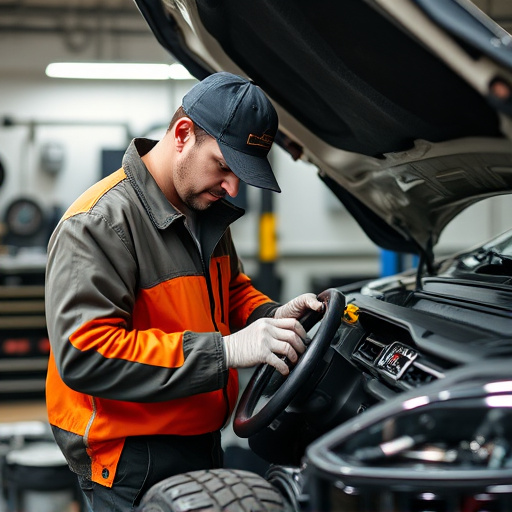
Material Sourcing can be a double-edged sword for rural auto body shops. One advantage is access to unique resources and local suppliers who may offer lower costs on high-quality materials, particularly in regions with abundant natural resources. This can translate into competitive pricing for vehicle collision repair services.
However, isolation can also present challenges. Limited competition might mean fewer negotiating powers for the shop when sourcing materials, potentially driving up costs for automotive restoration projects. Additionally, rural areas may struggle to attract specialty suppliers, making it harder to acquire specialized parts needed for complex auto collision center operations, thereby impacting service offerings and turnaround times.
Understanding the unique cost dynamics of rural auto body shops is essential for both business owners and consumers in these areas. By assessing labor availability, material sourcing options, and their respective impacts on repair prices, we can gain valuable insights into the specific challenges and opportunities presented by rural locations. This knowledge empowers stakeholders to make informed decisions, ensuring competitive pricing and quality service for vehicle owners across diverse landscapes, including our nation’s vibrant rural communities.
